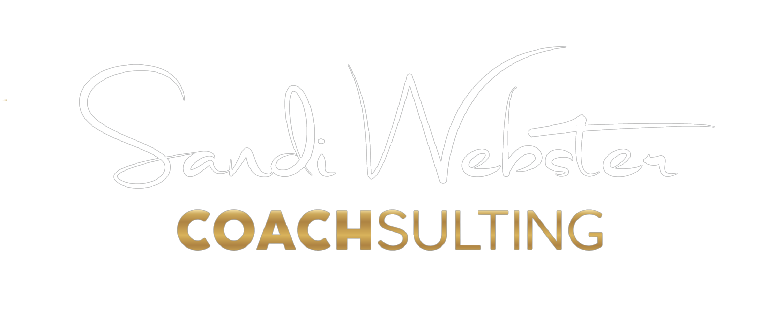Why Advisory Boards Fail: Poor Communication
Effective communication is key to the success of an advisory board. If members are not communicating effectively with each other, or if the board is not communicating effectively with the organization’s leader, the board may not perform as well as it could.

Here are some examples of poor advisory board communication:
- Lack of transparency
If the advisory board fails to communicate openly and honestly with the organization’s leadership and other stakeholders, it can create mistrust and undermine its effectiveness.
Factions are not good on an advisory board – the only coalition should be a committee that is recognized and voted into existence. When a clique forms, start meeting about their agenda, and doesn’t share information with the rest of the team, it’s time to call or vote them out!
Have I seen companies where the owner was the problem?
Yes. Owners who cannot take advice from their board don’t need one. I did leave a non-profit board because the company president was a tyrant and viewed the board as a necessary evil. The board acknowledged that the ultimate decision belonged to the executive in charge. As an advisory board, we asked ourselves if the person in charge agreed in the meeting with the board and continuously made decisions against the board’s recommendation. Once the board meeting is over (sometimes to the company’s detriment), what’s the board’s purpose?
In that non-profit scenario, the board could vote in or fire the president. As a private business owner, remember you can hire, fire, or disband the board. When trust is lost between an owner and the board, it’s time to evaluate the board’s effectiveness and the owner’s original purpose.
- Ineffective communication channels
If the board members cannot effectively communicate and collaborate or the organization’s leadership, essential information and insights can be missed or delayed.
From my experience, if the leadership has excellent communication with their employees, they tend to have the same level of contact with their board, and vice versa.
When you onboard members, one of the critical areas to address is communication.
- What is their preferred vehicle of communication?
- What will be the frequency of information outside of board meetings?
- What type of information will they get? (newsletters, consulting requests, urgent meetings, etc.)
- What info gets posted on the website for public knowledge? What will be a confidential email or a phone call?
- Inadequate communication skills
If one or more board members lack adequate communication skills, it can create misunderstandings and confusion and reduce the board’s overall effectiveness.
The leader must understand the board members’ communication style to use the proper communication channels. Everyone has different communication styles: from alarmingly quiet (introverts) to jukebox loud (extroverts), have lots to say vs. nothing to say in the meeting but will write a detailed memo afterward.
Some members like emails over phone calls or don’t do well “in the moment” but need time to reflect and gather their thoughts before expressing them.
It’s important to understand the communication style of your advisory board because you can misconstrue what they said or didn’t say. It is best to give your potential board members an assessment. If you have an assessment tool for your employees and yourself, administer it to your potential board members. I’ve used the Predictive Index assessment to understand how people work. Other assessments can be Meyers Briggs or DISC.
Give each board member one-on-one time with you, either before/after the board meeting, or have them schedule time on your calendar. Ensure that all board members can speak with you and share their thoughts.
- Focus on individual agendas
If the board members are more focused on promoting their plans or viewpoints rather than working collaboratively to achieve the board’s goals, it can create conflict and reduce the board’s effectiveness.
There is almost always one board member who goes rogue! That person wants to make sure their viewpoint is the one that everyone hears; that others can always point to something and say, “that was Tom’s idea.” That board member is not a good actor by always wanting to take control of the meeting. The board becomes disruptive and ineffective when one voice is louder than the others (and that person is not the leader). It makes other board members afraid to speak up or share their viewpoints because the rogue member will shoot them down.
To stem disruption, give everyone a turn on the agenda to have something to say. Set a time limit (3-5 minutes) and ask another member to be the timekeeper. It allows all members to share their points of view regardless of the outcome.
- Lack of regular communication
If the advisory board meets infrequently or fails to communicate regularly with the organization’s leadership and other stakeholders, it can miss important opportunities to provide timely advice and guidance.
Establish a communication schedule for the board. Add the calendar to your company’s newsletter stream to keep them up-to-date with your company’s news. If you have quarterly meetings, a lot can happen during that time. Annual meetings give the board a long time to lose touch with your organization.
Announce the board’s accomplishments in the newsletter. If they speak at a conference, write an article, or have an anniversary, mention it. They are a part of your team – whether paid or unpaid.
You can have a private chat group on your company’s portal that allows them to communicate amongst themselves. Some companies have Slack or even use Facebook groups with their board members.
Leaders, communication is vital to having an effective board – they must get the critical information they need to make decisions before the board meeting. Ensure all documents are sent out a minimum of one week before the meeting.
If the leader has a communication issue, take extra precautions by going above and beyond with the board. I ask those leaders to take time before the meeting to make a list of questions or “asks” to keep the discussions going. Lastly, if the time between meetings is too long, schedule short interim check-ins with the board.
Once these tools and suggestions are executed with an advisory board, leaders can see the change as soon as the next board meeting.
Happy board, happy leader!


